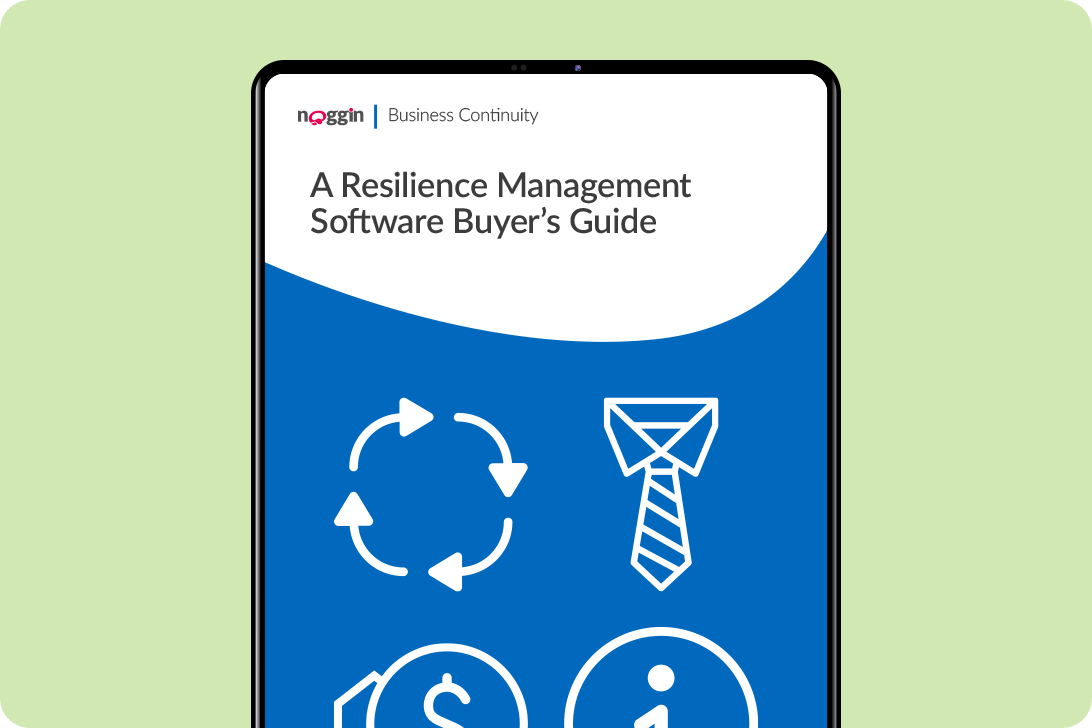Request a Demo
Fill in the form below and we will contact you shortly to organised your personalised demonstration of the Noggin platform.
Meet Noggin
An integrated resilience workspace that seamlessly integrates 10 core solutions into one, easy-to-use software platform.
The Noggin Platform
The world's leading integrated resilience workspace for risk and business continuity management, operational resilience, incident & crisis management, and security & safety operations.
Industries
Explore Noggin's integrated resilience software, purpose-built for any industry.
The Definitive Guide to Effective Crisis Decision Making
Best Practice Guide
Crisis decision making is not routine decision making
There’s a truism about crisis – it happens when you least expect it. Sure, that goes without saying. But management across industry doesn’t seem to be taking crisis preparation seriously, as epitomized by the fact that half of all global organizations have no crisis plan in place.
Even those companies who’ve managed to lower their topline risk profile through crisis preparation aren’t out of the woods yet. That’s because when crisis finally strikes, it moves fast – really fast. Quick decisions are required. And those decisions will be made in a high-stakes environment (possibly the highest), where information is limited, stress is acute, and scrutiny is intense. Teams rarely make decisions in those conditions.
The specificity of crisis calls for a wholly different decision- making framework than the one practiced in everyday business. People don’t often realize this. The decision making of everyday business, mostly learned through (low- stakes) trial and error, relies on a standardized, problem- solving model. The model is relatively straightforward. In it, the decision maker proceeds pretty linearly: problem- definition to intelligence gathering to further consideration to decision and finally to implementation.
Not so with crisis. As highly ambiguous events, crises must be handled intuitively, as well as rationally. Here, veteran crisis teams often rely on pattern recognition to make effective decisions in crisis, i.e. matching the active crisis with past experiences and recalibrating their processes as the crisis evolves.
Download the full guide to continue reading >>



